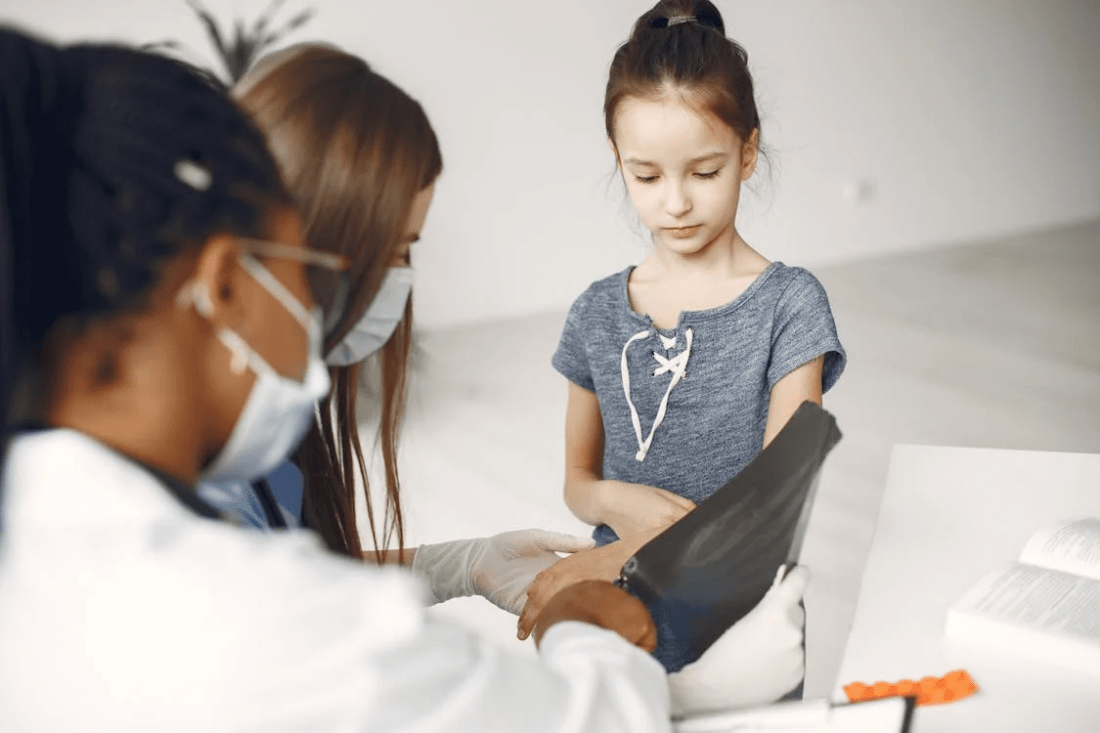
When a child undergoes surgery, the road to recovery often involves more than just rest and medication. Pediatric physiotherapy is critical in helping young patients regain strength, mobility, and confidence after surgery. As a parent, understanding this rehabilitation process is vital to ensuring your child’s successful recovery.
What is Pediatric Physiotherapy and Why It’s Important
Pediatric physiotherapy focuses on improving children’s and adolescents’ physical health and functional abilities. It addresses various conditions, including surgery, injury, developmental delays, or chronic illnesses. Around the world, countries are increasingly prioritizing pediatric physiotherapy as a vital component of healthcare for young individuals.
Nations like the United States, Canada, and the United Kingdom have expanded their pediatric physiotherapy services, highlighting their importance in supporting children’s recovery and development. In Australia, many Brisbane paediatric physiotherapy services have gained recognition for its specialised approach to rehabilitation.
Surgery, for instance, can significantly impact a child’s physical capabilities. Without proper rehabilitation, children may experience a loss of muscle strength due to prolonged immobility, reduced joint mobility from scar tissue and inactivity, delayed functional recovery, making activities like walking and running challenging, and emotional and psychological stress from physical limitations that affect confidence and mental well-being.
Services like Brisbane paediatric physiotherapy and innovative programs in other countries address these challenges by creating structured rehabilitation plans tailored to each child’s needs. These plans promote healing, restore function, and prevent long-term complications, reflecting the global commitment to enhancing pediatric healthcare.
The Role of a Pediatric Physiotherapist
A pediatric physiotherapist evaluates your child’s post-surgical condition and develops a customised plan to address their needs. This process includes assessing strength, range of motion, balance, and functional abilities. The therapist collaborates with parents and medical teams to establish short- and long-term recovery goals.
They design therapeutic exercises to improve mobility, strength, and endurance, employ gentle stretching, massage, or hydrotherapy for pain management, and provide gait training to help children relearn walking or use assistive devices. Additionally, they educate parents and caregivers on supporting the child’s recovery at home.
What to Expect During Rehabilitation
Pediatric physiotherapy for post-surgical rehabilitation typically follows a structured approach, which can be divided into three main phases:
- Acute Phase (0-2 weeks post-surgery):
- Focus: Managing pain, reducing swelling, and protecting the surgical site.
- Activities: Gentle movements, breathing exercises, and positioning techniques to prevent stiffness.
- Recovery Phase (2-6 weeks post-surgery):
- Focus: Restoring range of motion, rebuilding strength, and improving mobility.
- Activities: Gradual introduction of stretching and strengthening exercises.
- Rehabilitation Phase (6 weeks and beyond):
- Focus: Enhancing functional abilities, regaining confidence, and returning to normal activities.
- Activities: Advanced exercises tailored to your child’s specific goals, such as sports or school activities.
How to Support Your Child’s Recovery
Parents play a crucial role in their child’s rehabilitation journey, and their involvement can significantly impact the success of the process. Here’s how you can help:
- Attend Therapy Sessions: Participate in therapy sessions with your child to build trust and understand the exercises and techniques taught. This ensures you can reinforce these practices at home.
- Encourage Compliance: Help your child stick to their rehabilitation plan by offering consistent motivation, setting small, achievable goals, and celebrating milestones. Positive reinforcement, such as verbal praise or small rewards, helps maintain their enthusiasm.
- Create a Supportive Home Environment: Provide a safe space for exercises and make necessary modifications, such as adding ramps, grab bars or non-slip mats. Comfort and accessibility contribute to a stress-free recovery experience.
- Offer Emotional Support: During recovery, children often experience fear, frustration, or sadness. Listen to their concerns, offer reassurance, and maintain a calm and encouraging demeanour. Sharing stories about others who have successfully recovered can also inspire hope.
- Communicate with Healthcare Professionals: Regularly update your child’s physiotherapist and medical team about their progress, challenges, or unusual symptoms. This ensures the rehabilitation plan remains effective and responsive to their needs.
- Promote Overall Well-Being: Encourage healthy eating, ensure your child gets enough rest, and incorporate enjoyable, low-impact activities to lift their spirits. A balanced routine supports both physical and emotional healing.
Benefits of Pediatric Physiotherapy
Engaging in pediatric physiotherapy offers a wide range of benefits that extend beyond physical recovery. One of the most significant advantages is accelerating the healing process, enabling children to resume their daily activities and routines more quickly. Through tailored exercises, children experience marked improvements in muscle strength and joint flexibility, reducing the risk of complications such as stiffness or re-injury.
Physiotherapy also plays a vital role in fostering independence. As these abilities are restored, children often develop a renewed sense of confidence and self-esteem, which is critical for their emotional and psychological well-being.
Another essential benefit is pain management. Techniques such as hydrotherapy, massage, and specific stretching exercises can significantly alleviate discomfort, making recovery more manageable. In addition to addressing immediate post-surgical needs, physiotherapy equips children with long-term strategies to maintain their physical health, promoting better posture, balance, and overall physical fitness.
Overall, pediatric physiotherapy not only addresses the physical challenges posed by surgery but also supports the child’s holistic development. It empowers young patients to overcome obstacles, return to their favourite activities, and embrace a future filled with possibilities.
Final Words
Pediatric physiotherapy is essential to post-surgical rehabilitation, offering tailored solutions to help children recover fully and regain their independence. With the right approach, children can overcome physical challenges and return to their favourite activities confidently and enthusiastically.




